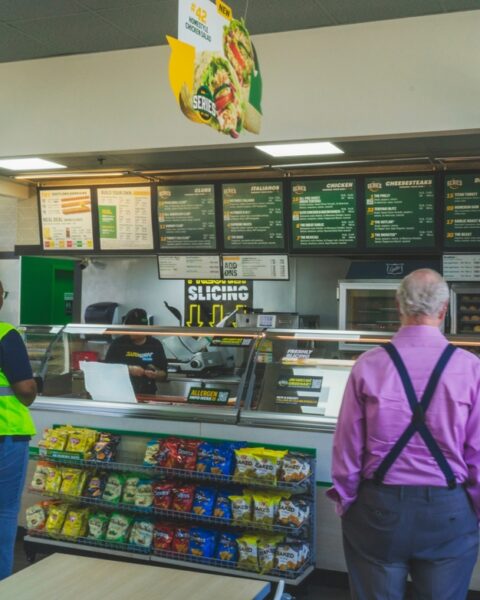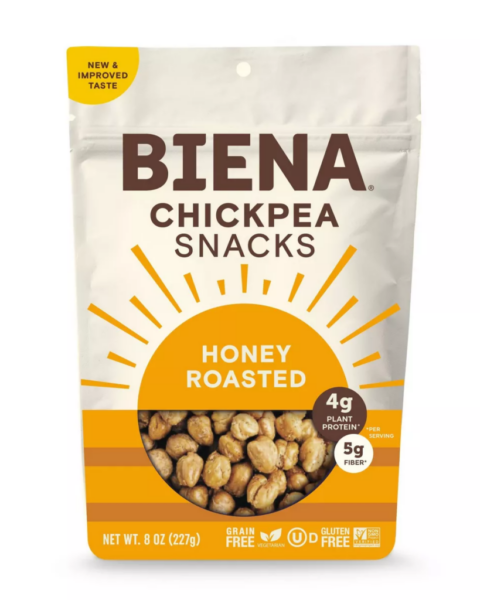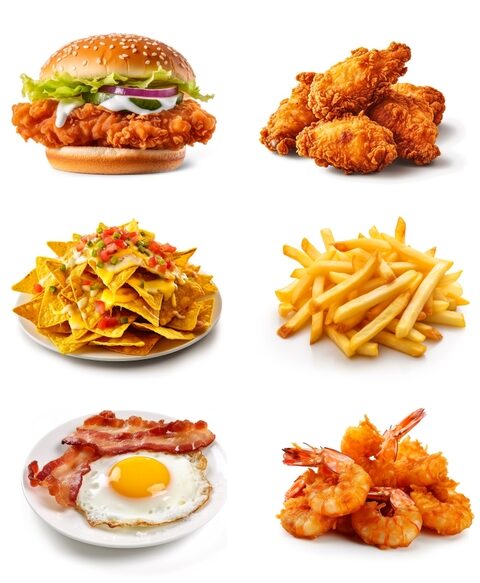Fast food has been around for a long time, but it’s not the same as it used to be. Over the years, these chains have made a lot of changes to keep up with the times. From adding more menu options to going global and even introducing healthier choices, fast food has evolved in ways you might not even realize. These changes aren’t just about what we eat; they reflect bigger trends in society, technology, and culture. Let’s take a look at how some of the most well-known fast food chains have adapted and grown through the years.
Contents
- 1 Expansion of Menus
- 2 Focus on Healthier Options
- 3 Rise of Drive-Thru Services
- 4 Introduction of Digital Ordering
- 5 Global Expansion
- 6 Sustainability Initiatives
- 7 Introduction of Breakfast Menus
- 8 Diversification into Beverages
- 9 Customization and Personalization
- 10 Use of Technology in Food Preparation
- 11 Shifts in Marketing Strategies
- 12 Adoption of Health and Safety Regulations
- 13 Incorporation of International Flavors
- 14 Introduction of Plant-Based Options
- 15 Redesign of Restaurant Spaces
- 16 More From RetailShout
- 17 18 Decadent Chocolate Treats You Can Whip Up in Under an Hour
- 18 13 Best ALDI Coffee Blends to Start Your Day Right
Expansion of Menus

Fast food chains initially started with very limited menu options, focusing on a few signature items. However, between 1986 and 2016, the number of items offered on menus grew by an astounding 226%, reflecting the industry’s response to changing consumer preferences. As competition intensified, chains began diversifying their offerings to attract a broader customer base. This expansion wasn’t just about adding new products but also about catering to different dietary needs and regional tastes. By continuously evolving their menus, fast food chains have managed to stay relevant and appeal to a more extensive demographic. Today, menus are more extensive and varied than ever, offering something for almost everyone.
Focus on Healthier Options
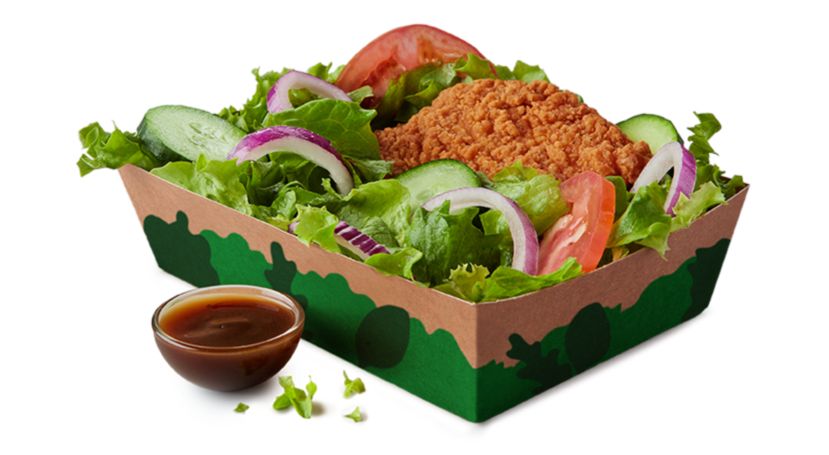
As public awareness about health and nutrition increased, fast food chains faced pressure to offer healthier menu options. Over the past few decades, many chains have introduced salads, fruit, and low-calorie items to cater to health-conscious consumers. Despite this, studies have shown that the quality of fast food has not necessarily improved, and portion sizes have grown. This evolution shows the industry’s attempt to balance customer demand for indulgence with the growing trend towards healthier eating. Fast food chains continue to experiment with healthier options, though their success varies widely depending on consumer acceptance.
Rise of Drive-Thru Services
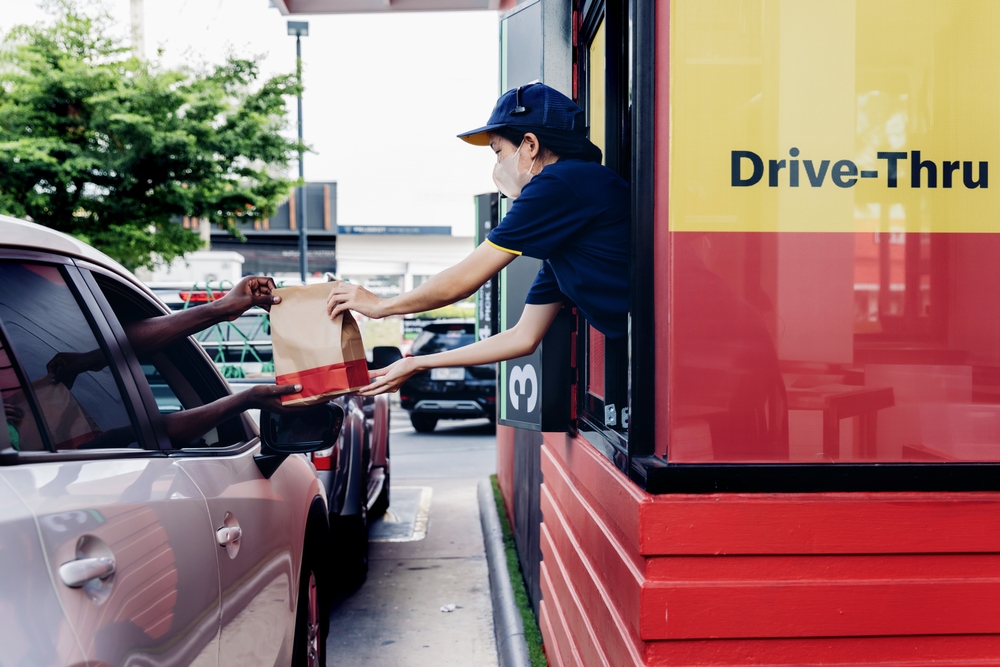
The concept of drive-thru service was a game-changer for the fast food industry, revolutionizing convenience and accessibility. Starting in the 1940s, drive-thrus became increasingly popular, especially in the United States, where car culture was thriving. This service allowed customers to order and receive their food without leaving their vehicles, catering to the fast-paced lifestyle of many Americans. Over the years, drive-thru technology has evolved, with the introduction of digital screens, app-based ordering, and faster service times. Today, drive-thrus are a staple feature of most fast food chains, contributing significantly to their overall revenue.
Introduction of Digital Ordering

With the advent of the internet and smartphones, fast food chains have embraced digital technology to enhance customer experience. Online ordering, mobile apps, and self-service kiosks have become common in many fast food outlets, offering customers more control over their orders. This evolution reflects the broader trend of digitalization in the retail sector, where convenience and speed are paramount. Digital ordering also allows for more personalized marketing and promotions, as chains can gather data on customer preferences. As technology continues to advance, digital ordering is likely to become even more integrated into the fast food experience.
Global Expansion
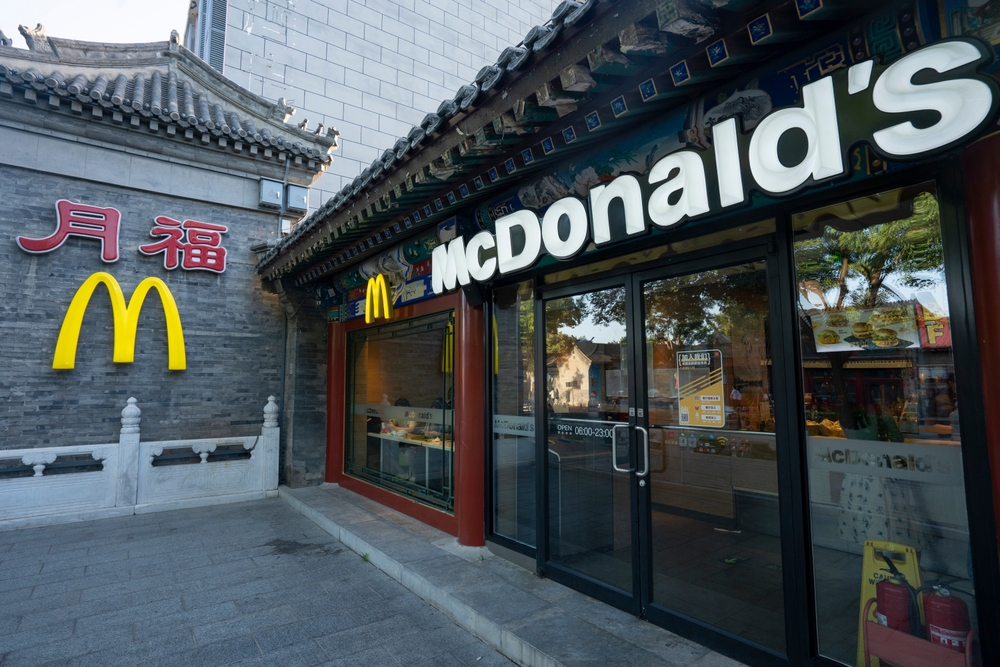
Fast food chains, originally an American phenomenon, have successfully expanded their footprint globally. Starting in the mid-20th century, chains like McDonald’s and KFC began opening outlets in Europe, Asia, and beyond. This expansion was fueled by the growing demand for Western-style fast food and the chains’ ability to adapt to local tastes. For instance, in India, McDonald’s offers a menu without beef or pork to cater to local dietary restrictions. The globalization of fast food has not only spread American culture worldwide but has also led to the adaptation of fast food to diverse cultural contexts.
Sustainability Initiatives

In recent years, fast food chains have come under scrutiny for their environmental impact, prompting them to adopt more sustainable practices. Chains have started to reduce plastic waste, source ingredients more responsibly, and offer plant-based alternatives to meat. McDonald’s, for example, has committed to sourcing all its coffee, palm oil, and fish sustainably by 2025. These initiatives are part of a broader industry trend towards corporate social responsibility, as consumers increasingly demand that companies take action on environmental issues. While there is still a long way to go, these changes represent a significant shift in how fast food chains operate.
Introduction of Breakfast Menus

The addition of breakfast items to fast food menus was a strategic move that allowed chains to capture a larger share of the market. McDonald’s was a pioneer in this area, launching its breakfast menu in the 1970s with the introduction of the Egg McMuffin. This innovation quickly caught on, with other chains following suit and expanding their offerings to include items like pancakes, breakfast burritos, and coffee. Breakfast menus have since become a crucial part of the fast food industry, contributing significantly to overall sales and allowing chains to compete with coffee shops and diners.
Diversification into Beverages
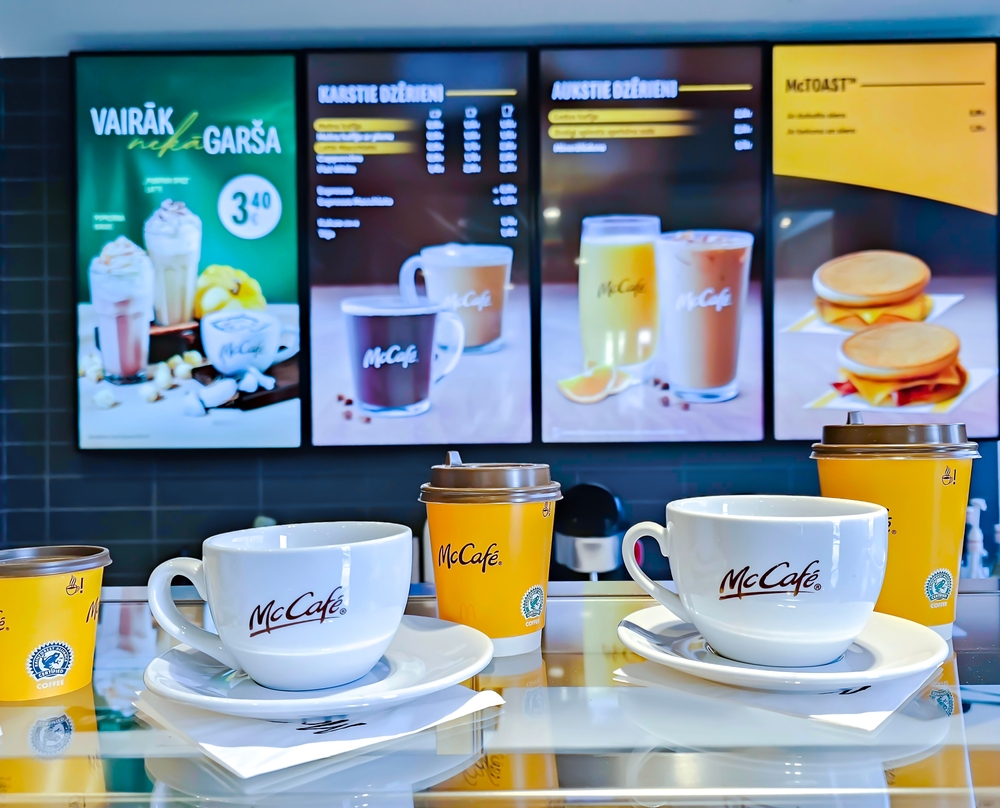
Recognizing the profitability of beverages, many fast food chains have expanded their drink offerings over the years. From the introduction of specialty coffees at McDonald’s McCafé to the wide range of soft drinks, smoothies, and milkshakes now available, beverages have become a significant revenue stream. Chains have also partnered with major beverage brands like Coca-Cola and Pepsi to create exclusive products and promotions. This diversification into beverages has allowed fast food chains to cater to different customer preferences and increase their average order value.
Customization and Personalization
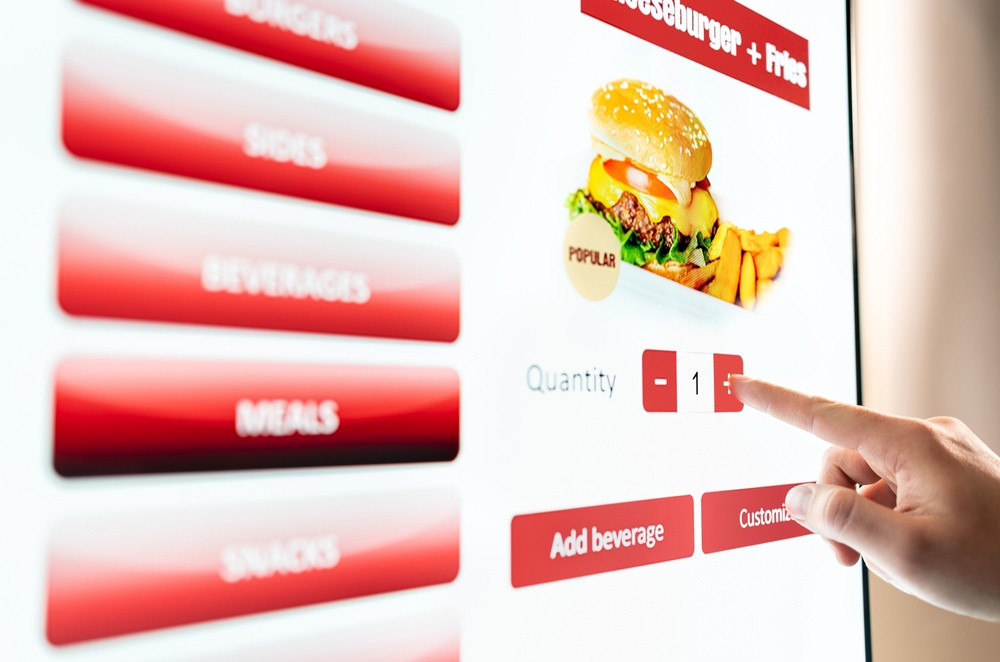
In response to customer demand for more control over their food choices, fast food chains have increasingly offered customizable menu items. Chains like Subway pioneered this trend, allowing customers to build their sandwiches from scratch. More recently, chains like Chipotle and Panera have popularized the concept of fast-casual dining, where customers can customize their meals with a wide range of ingredients. This shift towards personalization reflects a broader consumer trend towards individualism and has helped fast food chains differentiate themselves in a crowded market.
Use of Technology in Food Preparation
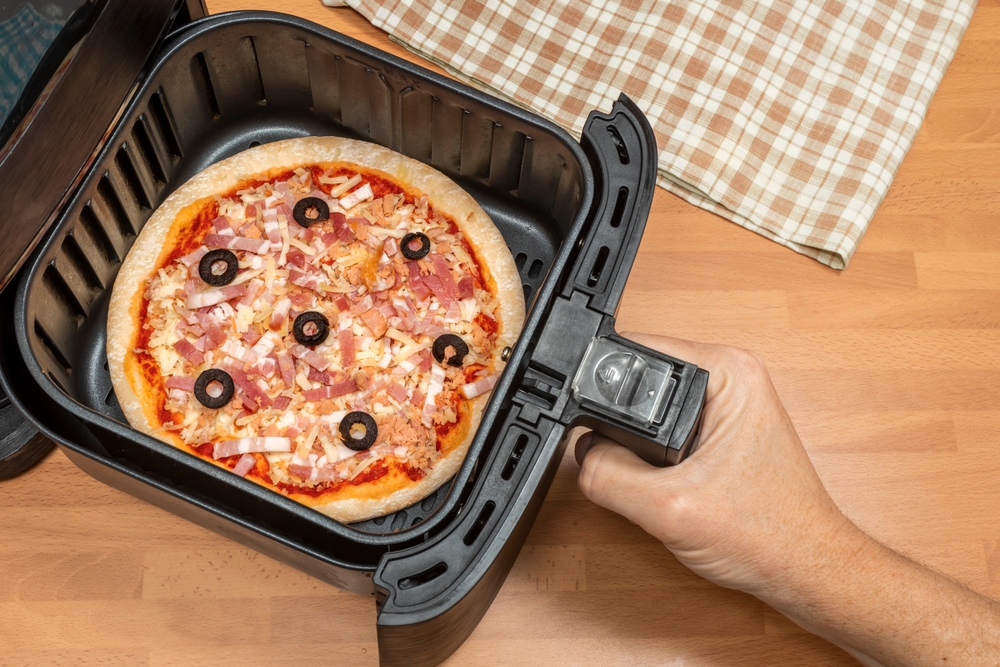
As part of their evolution, fast food chains have increasingly adopted technology in their food preparation processes. This includes the use of automated fryers, burger-flipping robots, and other kitchen gadgets designed to improve efficiency and consistency. These technologies help chains meet the high demand for fast service while maintaining quality standards. The adoption of technology in the kitchen also reflects broader trends in the food industry towards automation and innovation. As technology continues to advance, it is likely that fast food chains will further integrate it into their operations.
Shifts in Marketing Strategies

Fast food chains have adapted their marketing strategies over the years to stay relevant in a changing media landscape. In the early days, marketing focused on TV commercials and catchy jingles, but today, social media and digital marketing play a central role. Chains use platforms like Instagram, Twitter, and TikTok to engage with younger audiences, often leveraging memes, influencers, and viral campaigns. These shifts in marketing strategies reflect broader changes in how consumers interact with brands and highlight the importance of staying current in a rapidly changing digital world.
Adoption of Health and Safety Regulations
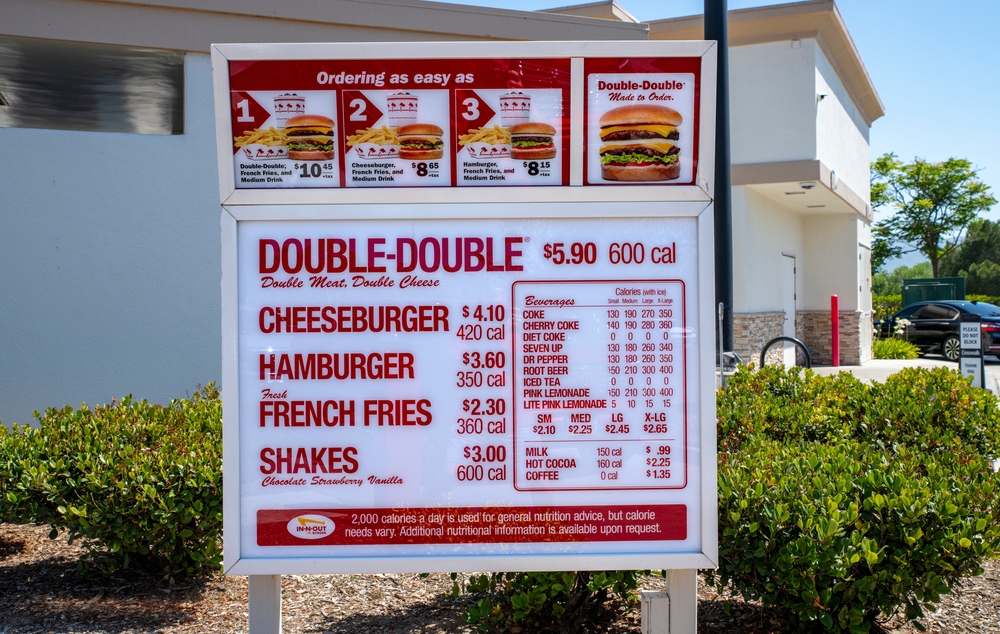
Fast food chains have had to adapt to increasingly stringent health and safety regulations over the years. This includes implementing better food handling practices, responding to foodborne illness outbreaks, and meeting nutritional labeling requirements. For instance, many chains now provide calorie counts on their menus, allowing consumers to make more informed choices. These regulations have also driven changes in how food is sourced and prepared, with a greater emphasis on hygiene and quality control. As public concern over food safety continues to grow, fast food chains are likely to face even stricter regulations in the future.
Incorporation of International Flavors
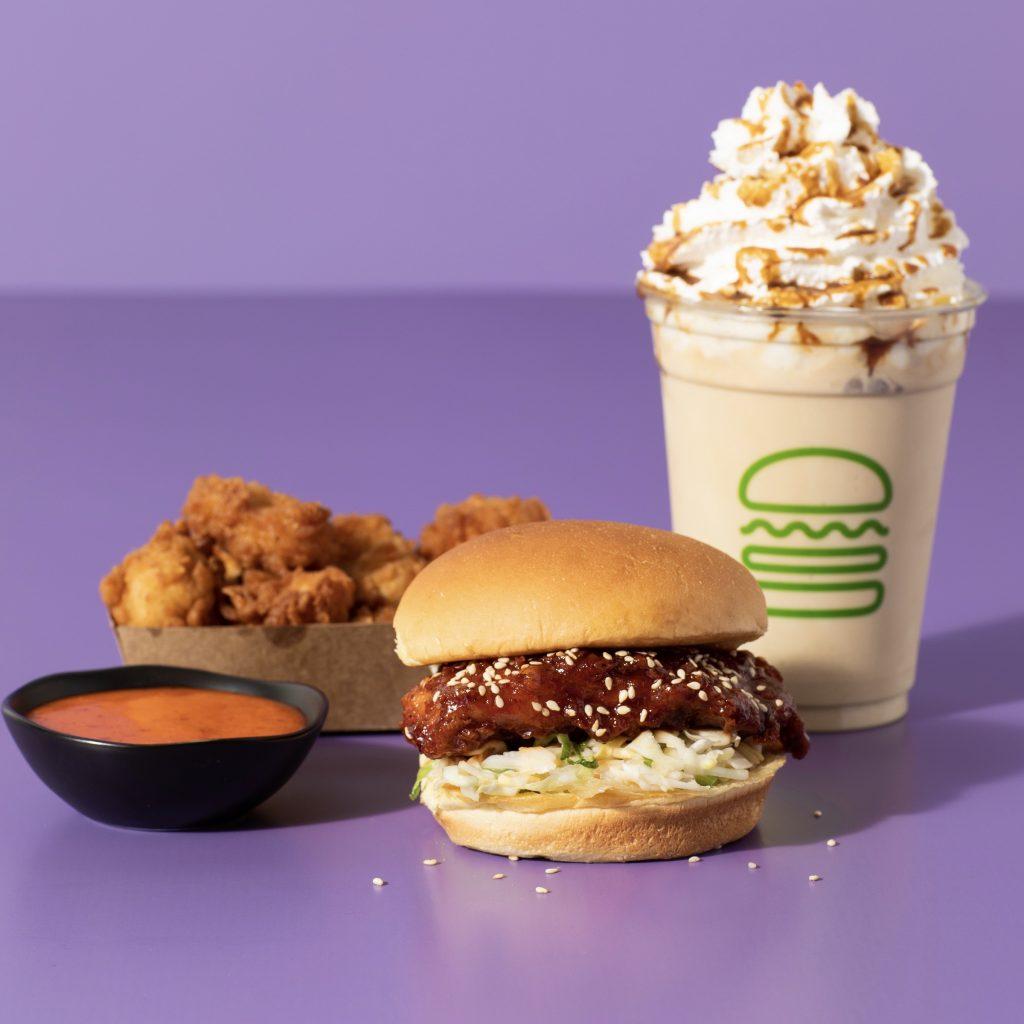
To cater to an increasingly globalized consumer base, fast food chains have incorporated international flavors into their menus. This trend began with the introduction of items like the Taco Bell burrito and has expanded to include a wide variety of ethnic-inspired dishes. Chains have introduced items like Korean BBQ burgers, sushi rolls, and curry-flavored snacks, reflecting the growing demand for diverse and exotic flavors. The incorporation of international flavors allows fast food chains to appeal to a broader audience and stay ahead of culinary trends.
Introduction of Plant-Based Options

In response to the growing demand for vegetarian and vegan options, many fast food chains have introduced plant-based menu items. Beyond Meat and Impossible Foods have partnered with chains like Burger King and KFC to offer plant-based versions of popular items like burgers and chicken. This trend reflects the broader movement towards plant-based diets, driven by concerns over health, sustainability, and animal welfare. The introduction of plant-based options has allowed fast food chains to tap into a new market segment and diversify their offerings.
Redesign of Restaurant Spaces
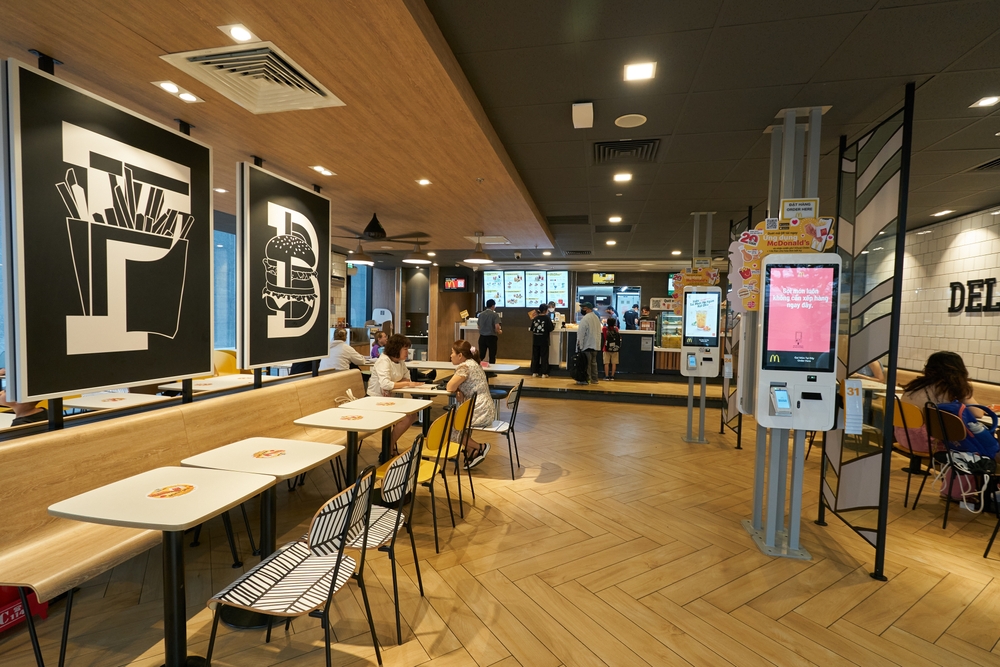
As part of their evolution, fast food chains have also redesigned their restaurant spaces to create a more appealing dining experience. This includes modernizing interiors, adding comfortable seating, and incorporating digital screens for ordering. The redesigns reflect the changing expectations of customers, who now seek not just quick service but also a pleasant environment in which to enjoy their meals. These changes are part of a broader trend towards creating more upscale, fast-casual dining experiences, where ambiance and comfort are as important as the food itself.
This article originally appeared on RetailShout.
More From RetailShout
15 Delicious ALDI Desserts That Will Impress Your Guests
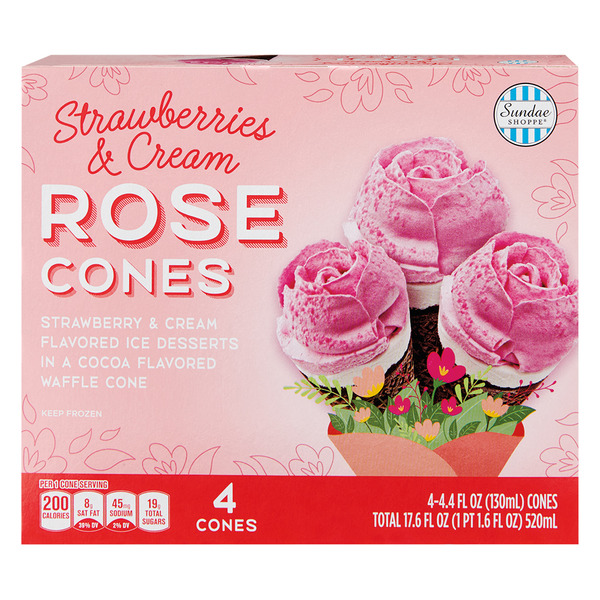
These ALDI desserts are not only delicious but also easy to prepare and serve, making them ideal for any occasion. Whether you’re hosting a casual get-together or a formal dinner party, these treats will leave your guests asking for seconds. Read More.
18 Decadent Chocolate Treats You Can Whip Up in Under an Hour

We‘ve all daydreamed about having a golden ticket to a chocolate factory, surrounded by endless sweets and rivers of rich cocoa. While that might be a fantasy, whipping up your own decadent chocolate treats doesn‘t have to be! Read More.
13 Best ALDI Coffee Blends to Start Your Day Right
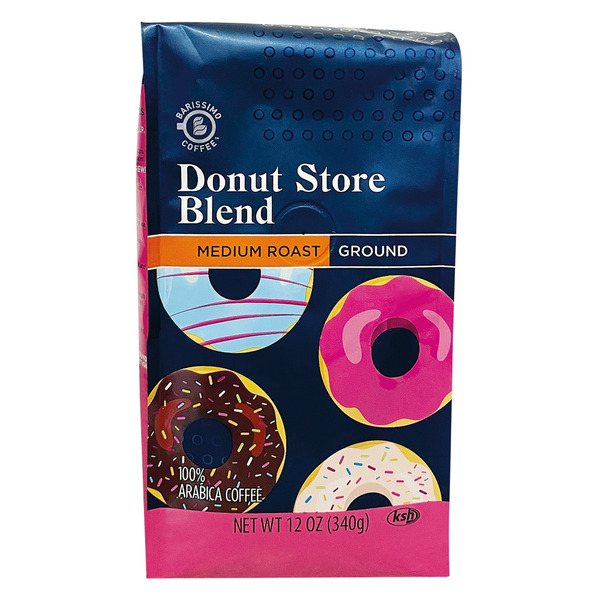
If your morning routine needs a serious wake-up call, ALDI‘s coffee blends have you covered with bold flavors and smooth sips. Whether you‘re craving a rich dark roast or a hint of hazelnut, these picks are guaranteed to fuel your day. Read More.


